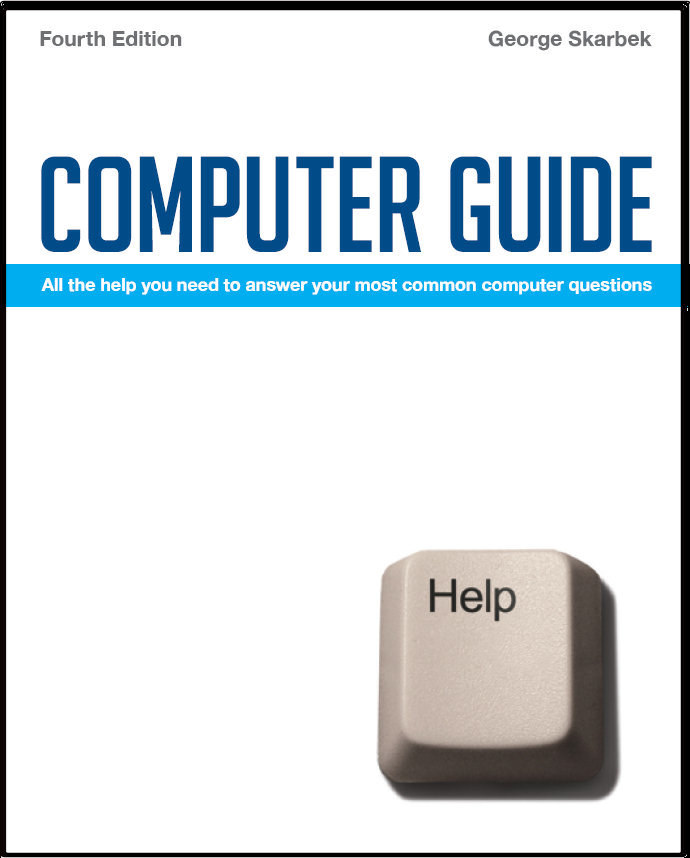

To look at the e-book in PDF format, Computer Guide, based on these columns click here
Although my column is normally Q & A, for the final column for the year I would like to give some advice that may save you time, money and frustration. With the hotter days arriving, I have received reports of two Intel CPUs being cooked resulting in needing the computer to be replaced. Although this is a relatively rare occurrence, in one case I was able to examine the heatsink on the CPU and found it completely caked with dust. This was a four year old computer that has never given any problem and it failed without any warning whatsoever. The symptoms were that the after switching it on there was nothing at all on the monitor, no BIOS, nothing. Also the normal sounds of the computer starting were not there except for the fan in the power supply. When I opened the case and measured the voltages, both the 12 volt and the 5 volt supplies were correct. Only when I looked that the fan on the CPU was I able to guess what the problem was. There was no sign at all of the aluminium heatsink and cooling ribs. Everything was completely blanketed by a thick layer of dust. Using a vacuum cleaner and very fine screwdriver to remove the coating, the heatsink was eventually cleaned but by then the CPU was dead. This computer had been located on the carpeted floor under a desk for a few years and the dust was enough to completely block up the entire heatsink. Unfortunately it was not possible to replace the superseded Intel CPU as by this time there had been very many new models and no supplier had that old CPU available. This meant installing a new motherboard, the existing memory could not be used as it was the older DDR and all new motherboards support only DDR2 and later. So new memory had to be purchased also. Unfortunately the video card could not be used as the new motherboard did not support the older style graphics cards so a new one needed to be purchased. All that could be salvaged was the DVD burner and the hard disk, although there was no need to purchase a new operating system as the existing XP was OK (Vista was not going to be considered). The next day I decided to inspect my own computer as it had been on the floor for about two years and to my amazement I found my CPU heatsink badly covered with dust. Using a vacuum cleaner and a bit of coaxing with a very fine screwdriver, the heatsink is now clean. This is something that I will do regularly each spring, as prevention is much better that the cure. ## Creating Slideshows Q: I enjoy creating slide shows from my holiday snaps, but is there a way to 'insert' a number of photos simultaneously on to consecutive PowerPoint slides. At the moment I can only create one slide at a time and since I am an avid holiday snapper, this could take as long as the holiday itself?
The free Google software, Picasa not only organises your photos but has an easy way to create and share slideshows. Another possibility is to use Microsoft’s free software Photo Story. This is also easy to use, has many features and allows you to add your narration or music. All of the above allow you to all groups of photos in one hit.
|